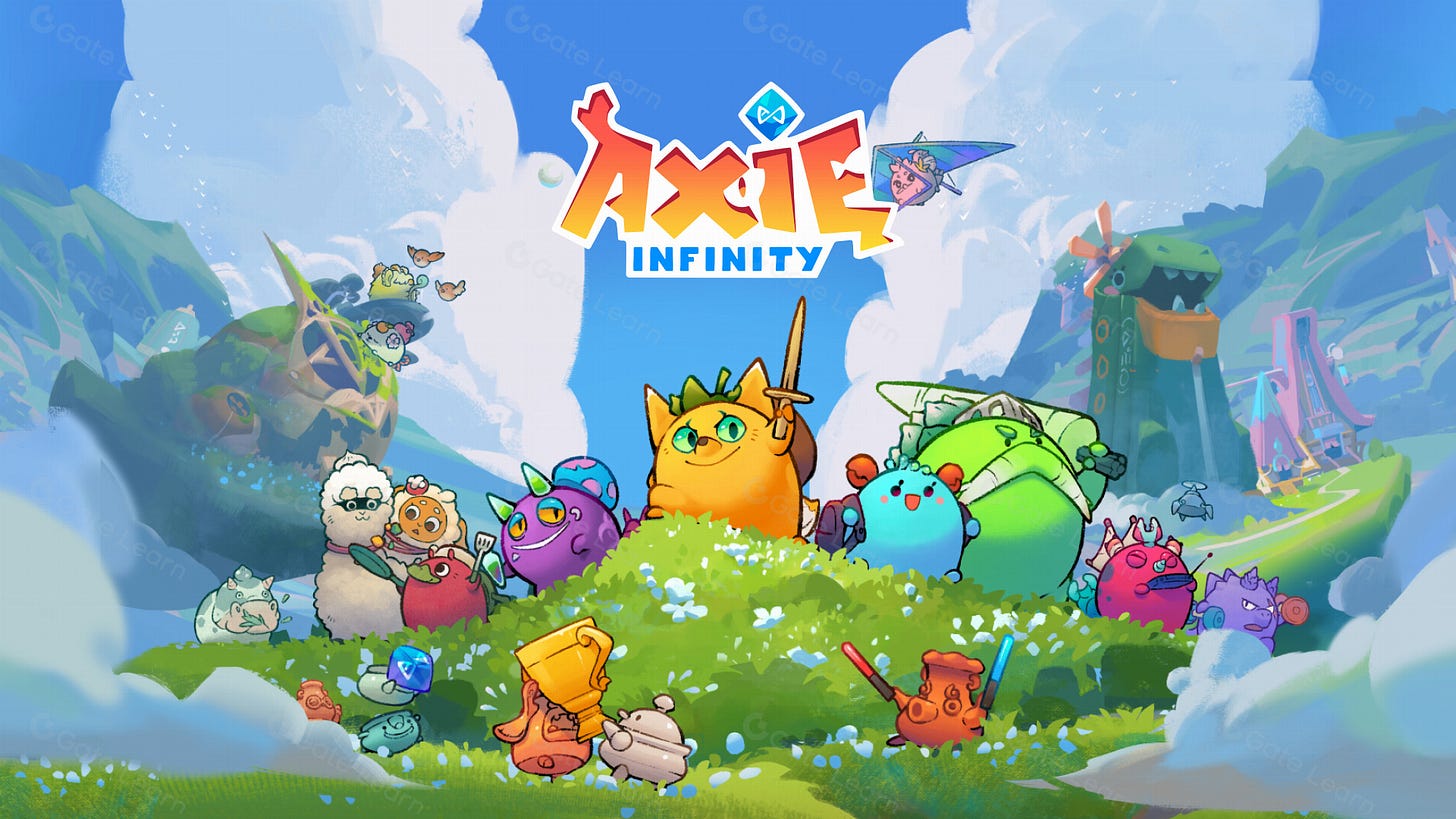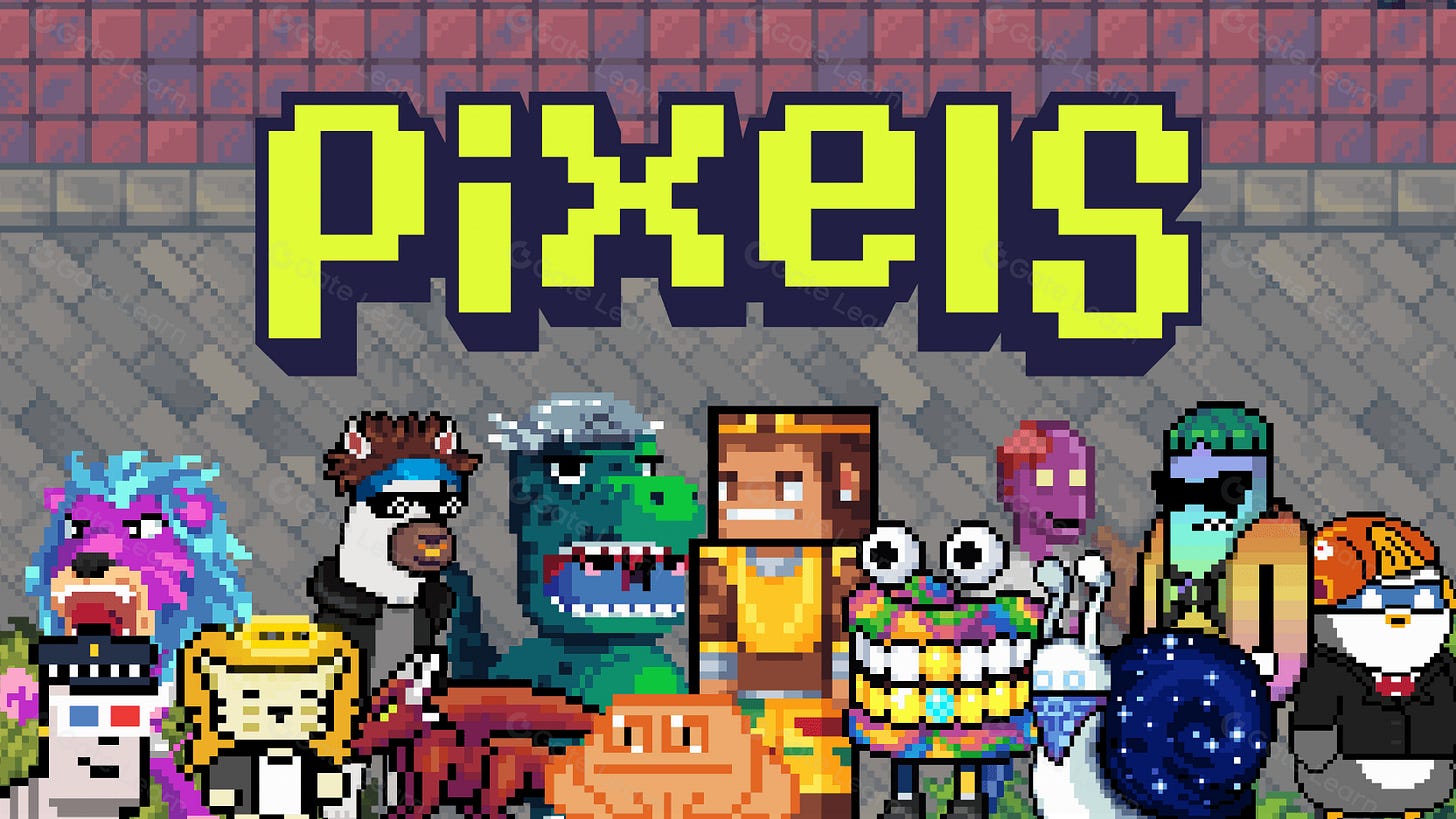As we step into 2025, the GameFi industry has many possibilities. So far, the market has already transformed how we think about entertainment and digital ownership. But, after a challenging year, there is one important question to ask: What’s next for this dynamic space?
To answer that, we need to reflect on the most significant moments of 2024, the challenges that defined the year, and the trends waiting to shape the future.
Reviewing the 2024: A Year of Growth and Growing Pains
On our last edition of GameFi, we talked about the challenges in the industry and what needed to change to see new projects grow successfully and sustain that expansion beyond the hype. We won’t bore you again with the details–you can check that edition here–but let’s do a summary of what was the last year:
Expansion of the Metaverse
2024 saw the metaverse becoming a fundamental element of GameFi, with platforms like Decentraland and The Sandbox pushing boundaries. These immersive virtual worlds allowed players to trade assets, build businesses, and socialize in ways it was previously unimaginable.
The Rise of Tap-to-Earn
Simplified gaming models like Tap-to-Earn gained traction, making blockchain games more accessible to everyone. For example, Notcoin’s success on the TON blockchain showed us how easy-to-play mechanics could encourage mass adoption.
However, critics questioned the long-term viability of such models, especially given their focus on simplistic interactions without including many elements that encourage high levels of engagement. We talked about this in depth in our last edition, too.
Interoperability and Cross-Platform Integration
Cross-platform asset sharing became a mandatory feature, with developers working to create interconnected ecosystems. Players increasingly demanded straightforward movement of their NFTs and tokens, which in turn allowed a more cohesive GameFi experience.
The integration of asset interoperability significantly improved user experiences, as gamers could transfer NFTs across platforms quickly and without any problems.
The Challenges of Retention and Engagement
While innovation grew, player retention emerged as a significant challenge. Reports indicated over 60% of Web3 gamers disengaged within 30 days due to weak gameplay mechanics and insufficient incentives. Meanwhile, unstable in-game economies continued to plague projects, showing us the need for sustainable tokenomics.
GameFi in 2025: Trends to Watch
Based on what we experienced in 2024, here is what we can expect for this year:
1. Sustainable Play-to-Earn Models
The play-to-earn model is experiencing a period of transformation. To address inflationary pressures, developers are transitioning to hybrid models that combine P2E with Learn-to-Earn or Stake-to-Earn systems.
These approaches promise diversified rewards, such as earning tokens for contributing user-generated content or staking tokens for ecosystem growth. At the same time, it creates an additional engaging system that could maintain players hooked.
2. Advanced Tokenomics and DeFi Integration
Sophisticated tokenomics will play a crucial role in creating stable in-game economies. Dual-token models and separating governance from utility are expected to gain traction.
Additionally, integrating DeFi features like staking, liquidity pools, and DAOs will provide players greater control over their earnings and encourage long-term engagement.
3. Interoperability and Cross-Chain Ecosystems
Interoperability will continue to dominate GameFi’s agenda. Players want the freedom to use their assets across platforms, and cross-chain ecosystems will make this possible. Unified gaming networks where NFTs and tokens flow easily across games will further improve asset utility and player satisfaction.
4. AI-Powered Gameplay
Artificial intelligence and machine learning are set to transform GameFi like it is already doing. AI-driven non-player characters (NPCs) that adapt to player behavior in real-time, along with personalized gameplay experiences, will increase engagement. We expect AI to suggest strategies and investments, making games more immersive and rewarding.
5. VR and AR Integration
Virtual and augmented reality technologies will continue to make their way into GameFi. By offering highly immersive experiences, these tools could close the gap between gaming and real-world income generation. For example, virtual businesses on the blockchain could allow players to monetize VR interactions.
6. Eco-Friendly Blockchains
Sustainability will remain a focus during 2025 since blockchain technology is constantly facing scrutiny over its environmental impact. Energy-efficient Layer 2 solutions and eco-friendly blockchains will reduce concerns, allowing scalable and green GameFi projects.
7. Easy Onboarding and Popular Partnerships
To attract non-crypto gamers, we think GameFi will simplify the onboarding process with fiat payment options and intuitive wallets. Also, partnerships with traditional gaming studios will solve the Web2 and Web3 divide, opening doors for millions of new players. The involvement of major gaming companies like Ubisoft is likely to speed up mainstream adoption.
Overall, GameFi in 2025 has all the ingredients for innovation and mass adoption. With sustainable tokenomics, immersive gameplay powered by AI, and eco-friendly solutions, the industry is on track to overcome its current challenges.
By expanding collaboration between developers, players, and investors, GameFi can radically change both gaming and finance. As the year unfolds, one thing is clear: the GameFi phenomenon is just beginning.












Very amazing